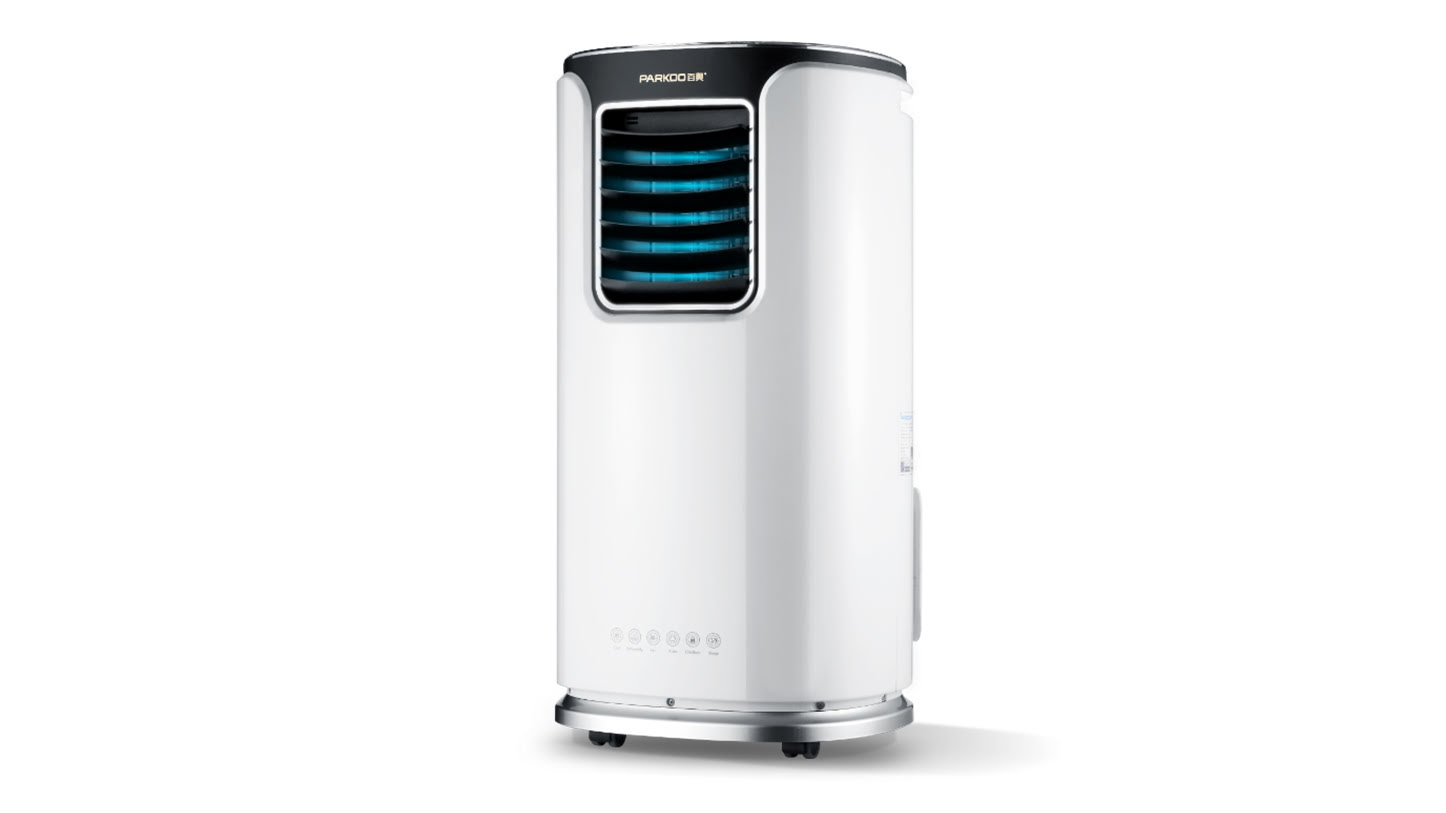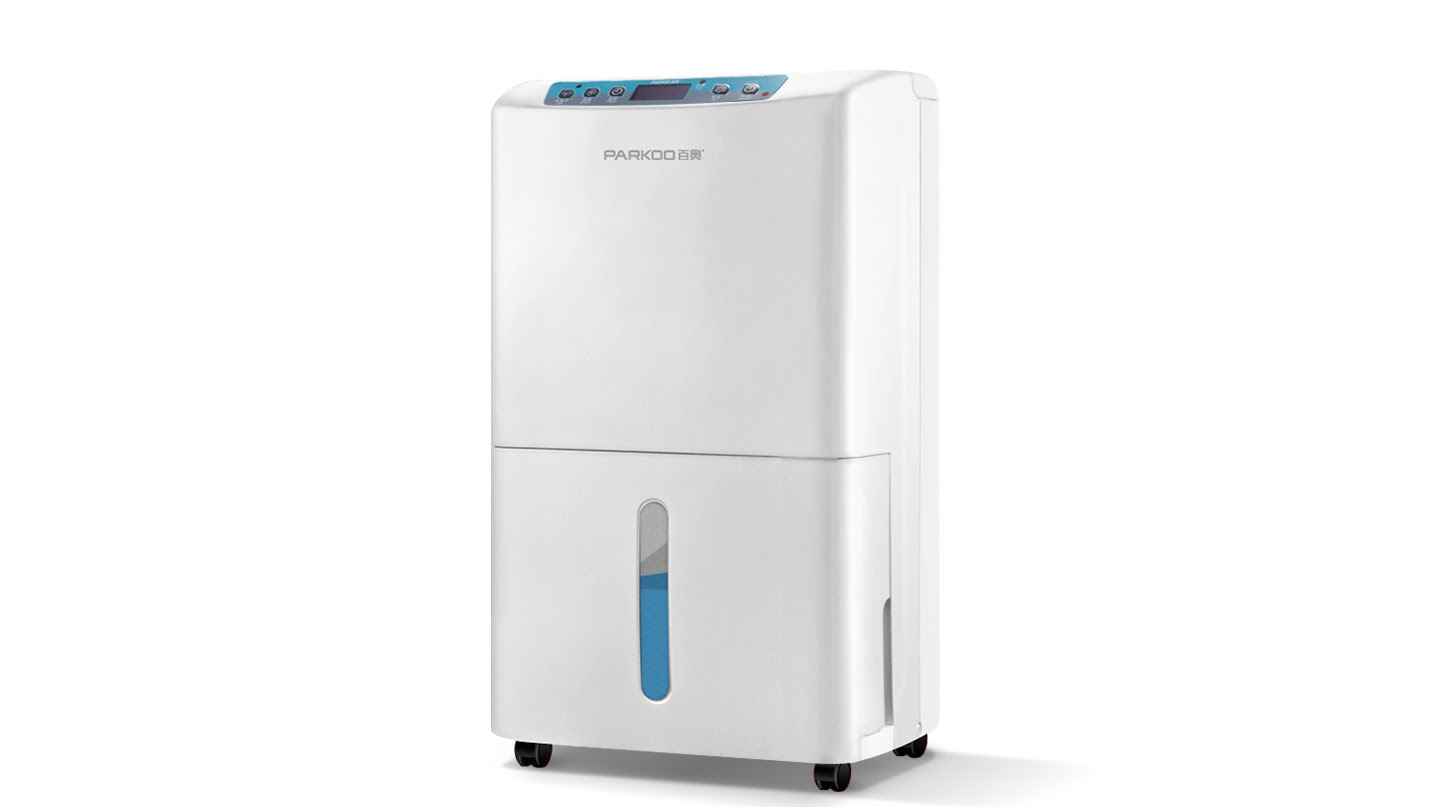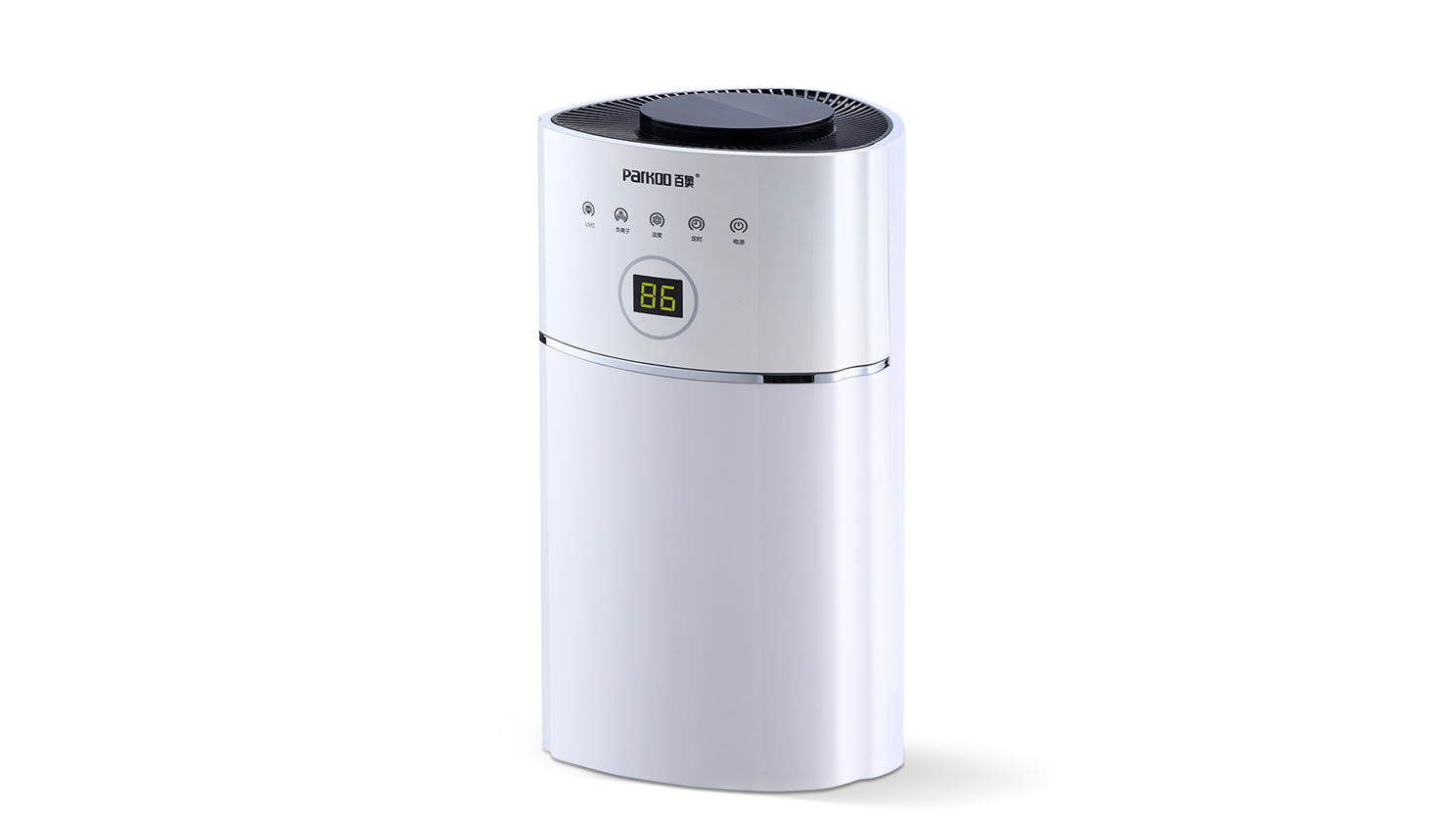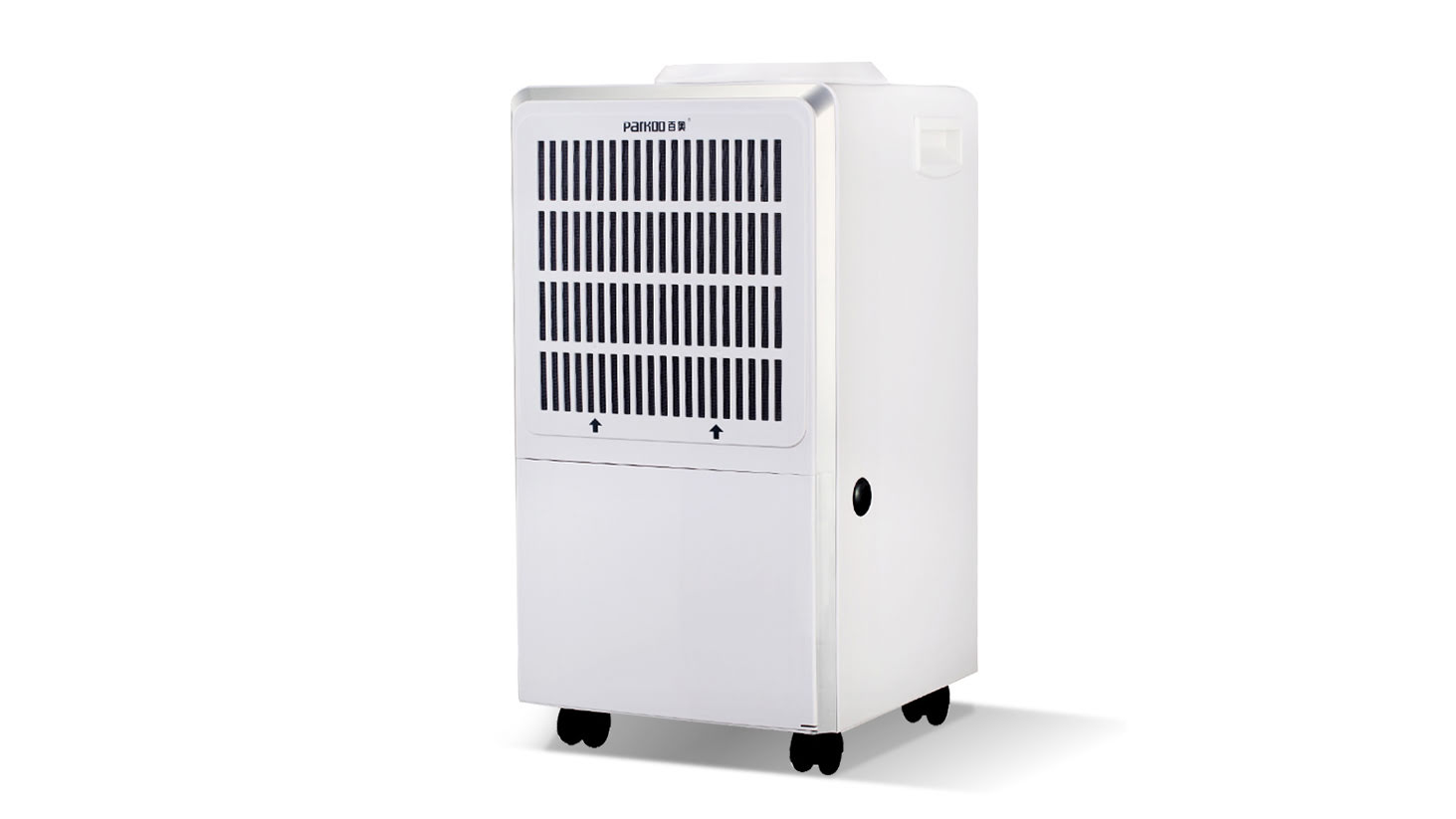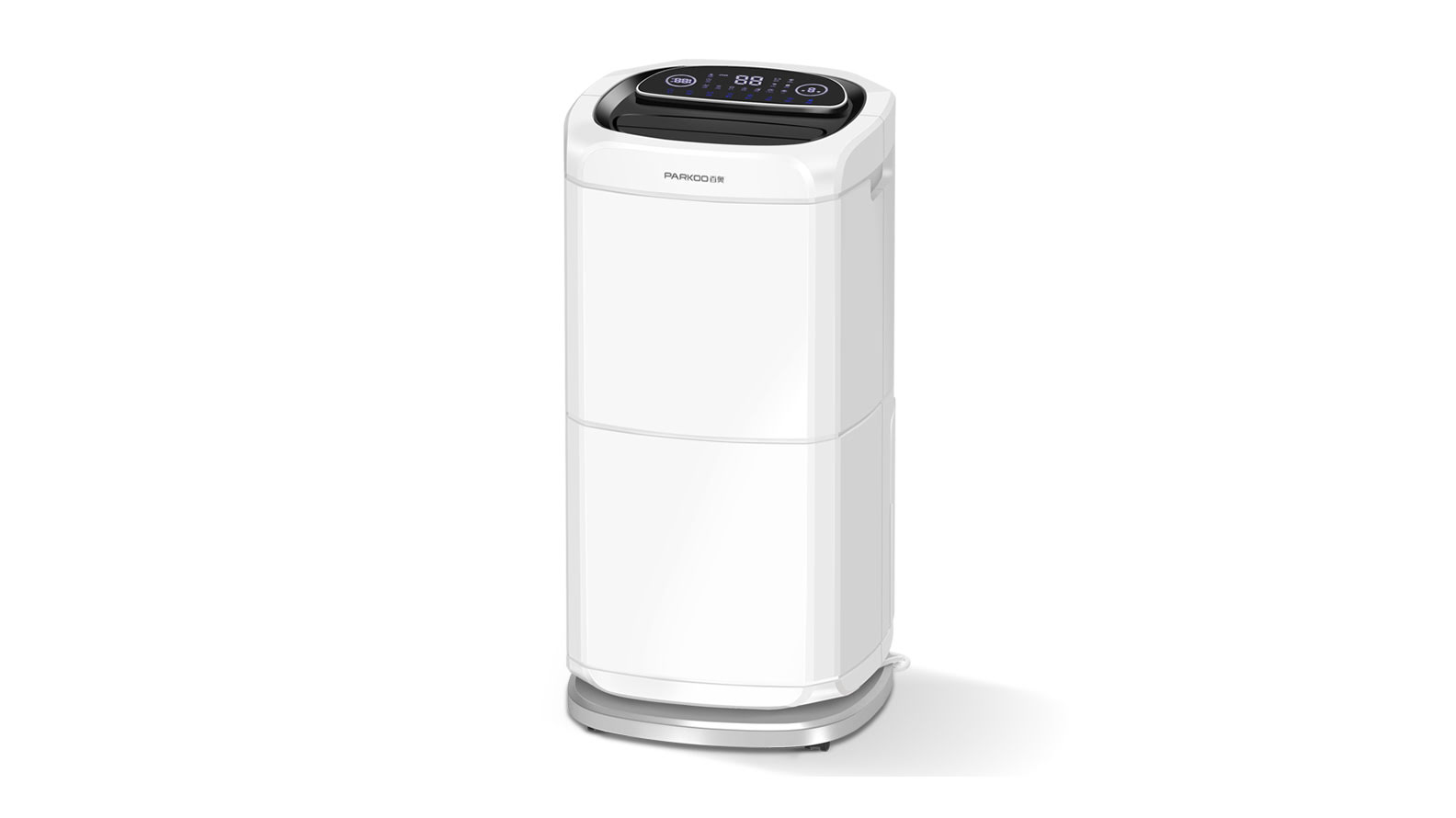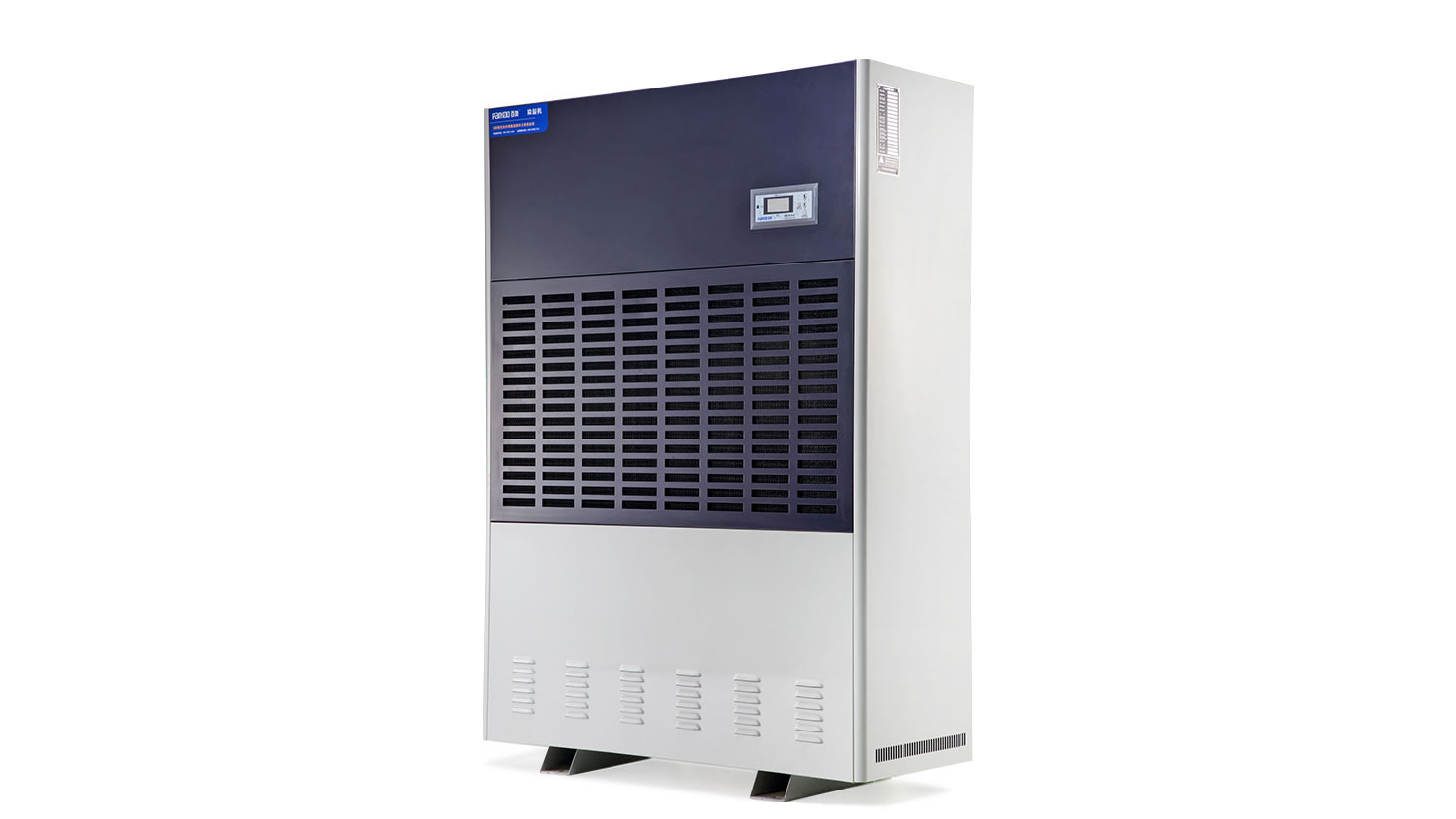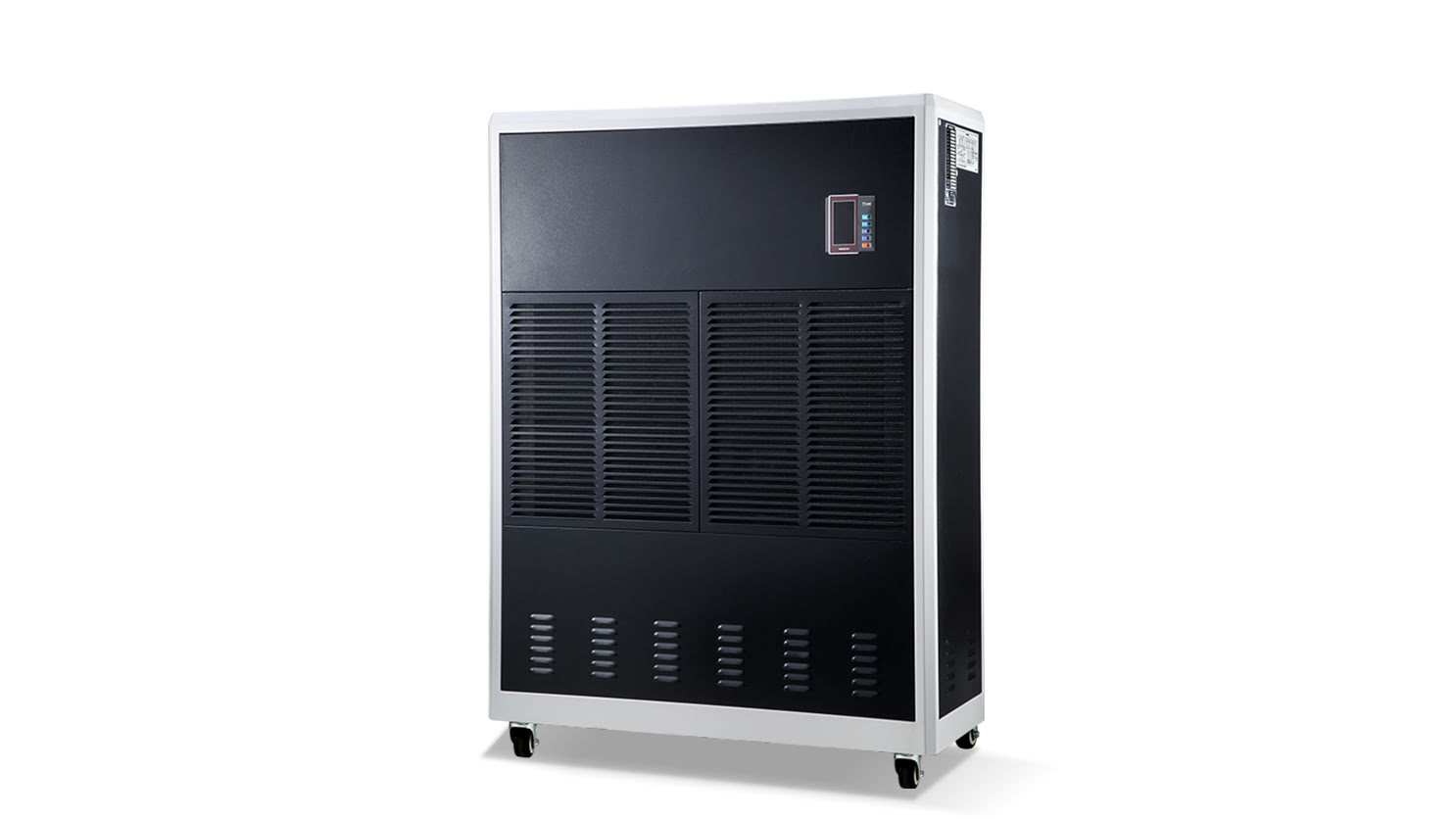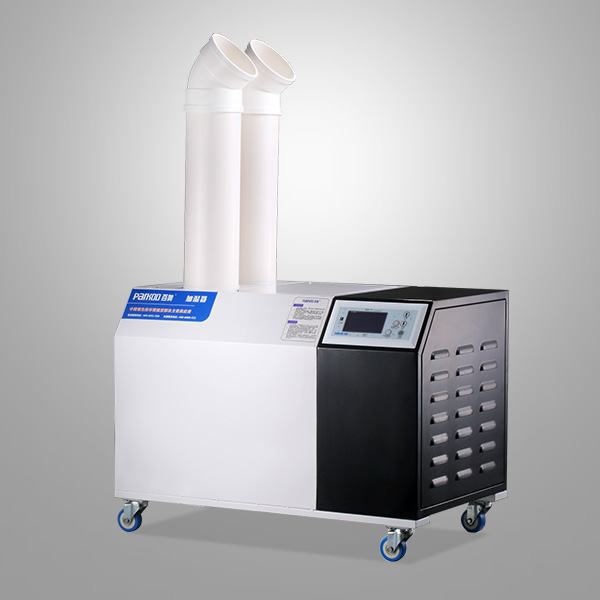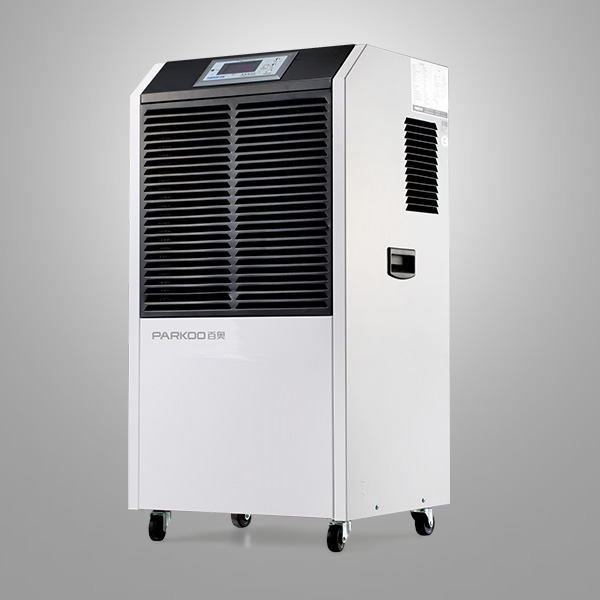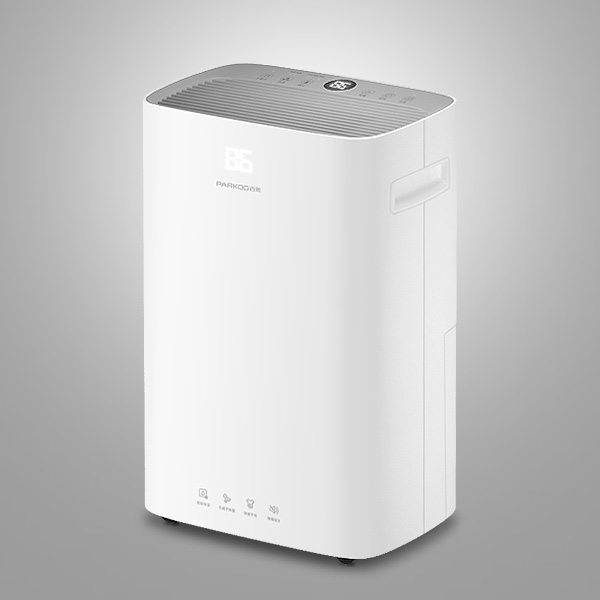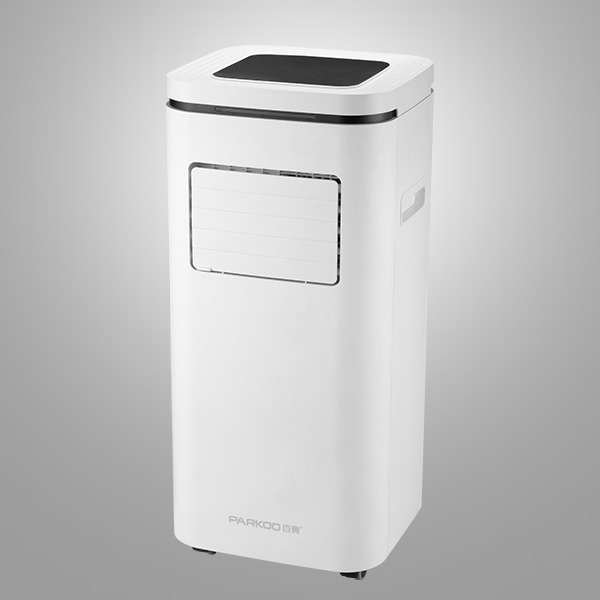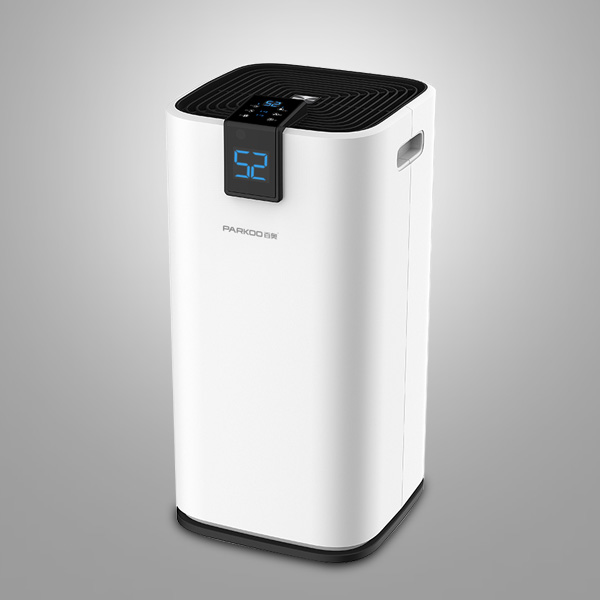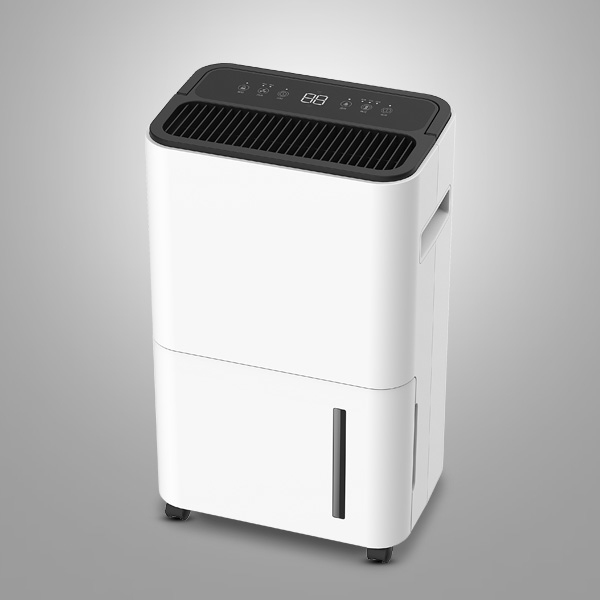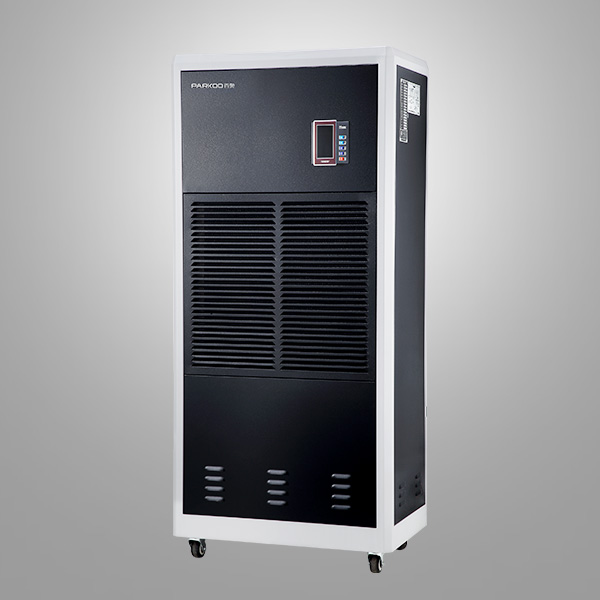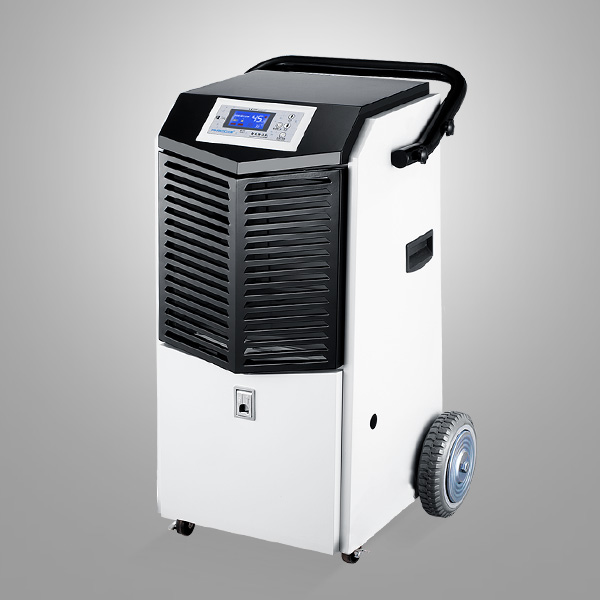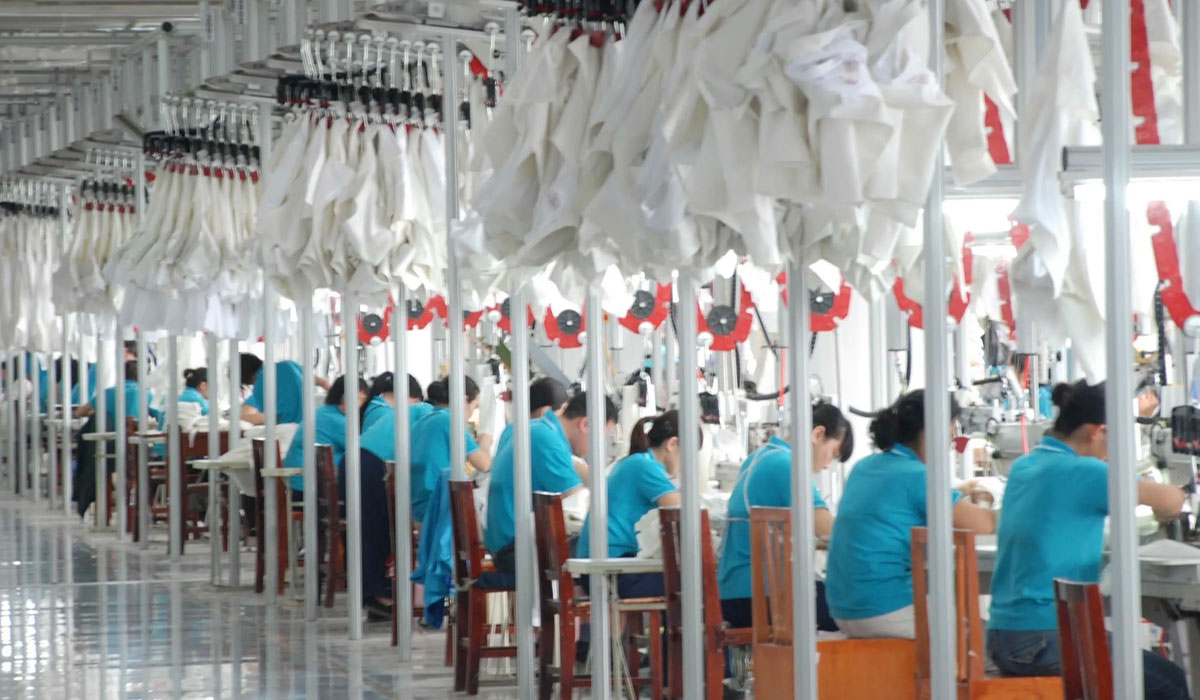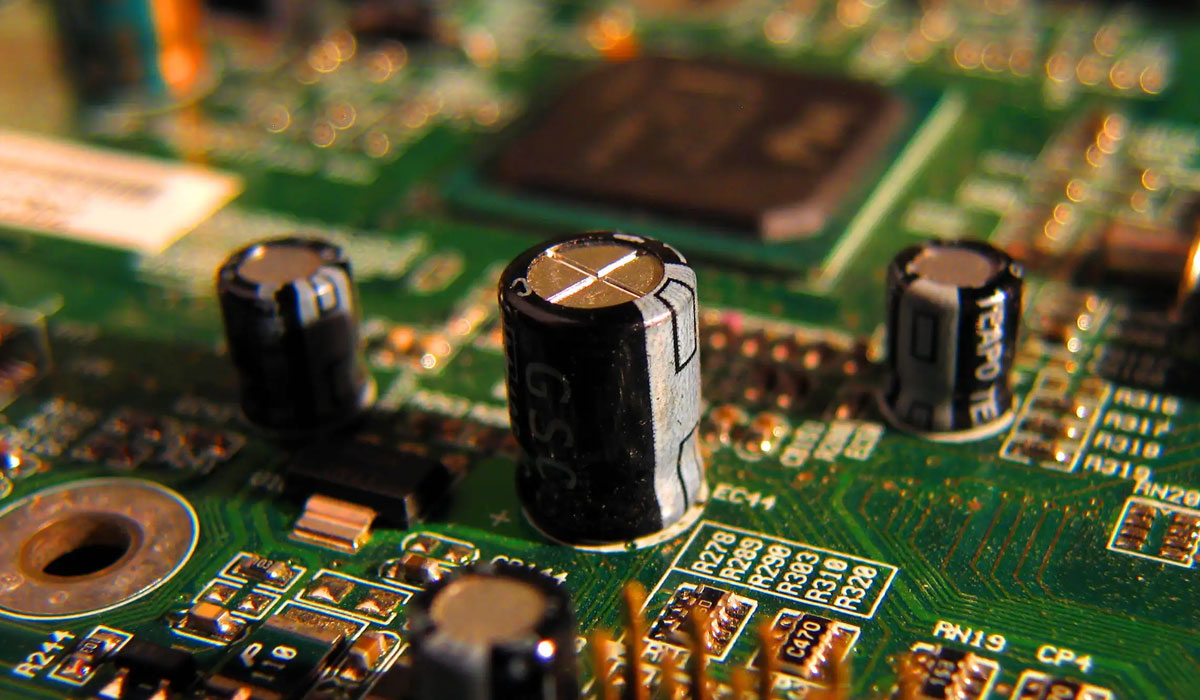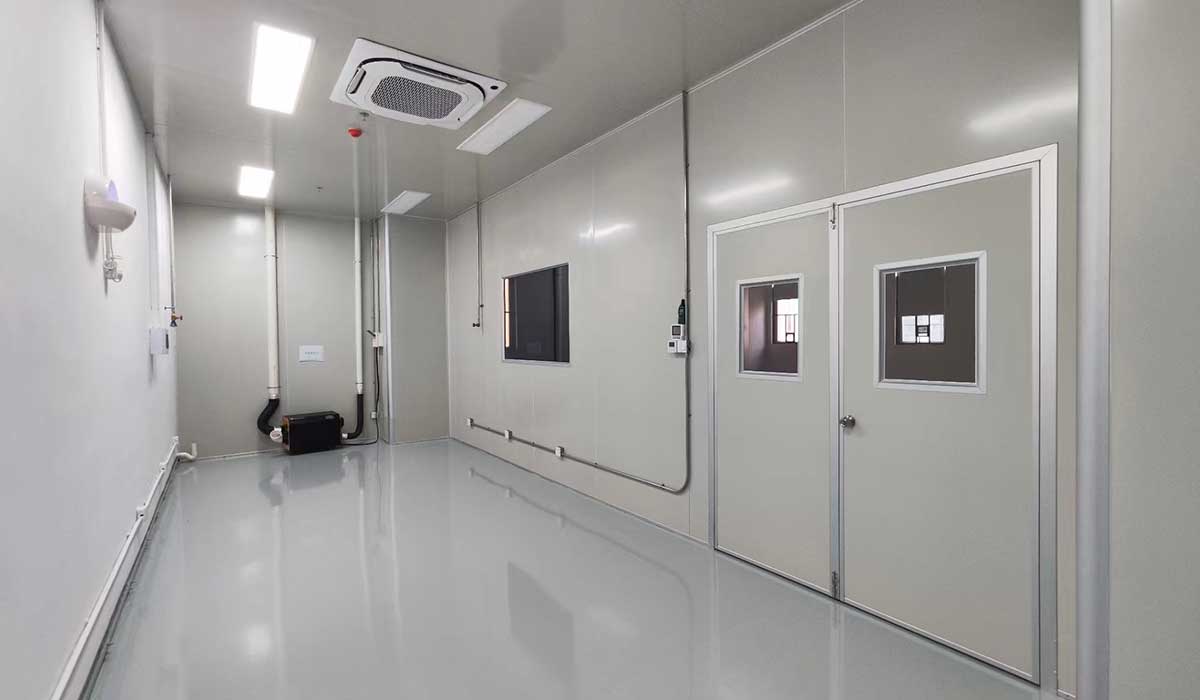In order to understand the meaning of explosion-proof, we must consider the background of the term and the organization that defines it. The National Fire Protection Association (NFPA) began issuing the National Electrical Code (NEC) in 1897 ®)。 NEC ® Also known as NFPA 70 and ANSI/NFPA 70, it is included in the NFPA regulations NEC ® Including the definitions of several acceptable protection technologies when designing products for hazardous (classified) locations: explosion-proof, dust-proof and explosion-proof, dust-proof, cleaning/pressurization, Intrinsic safety and gas tight sealing. These definitions determine the standards that all components installed in hazardous (classified) locations must comply with
In order to meet the explosion-proof level standards, the casing must be able to accommodate any explosions generated inside the casing and prevent sparks inside the casing from igniting vapors, gases, dust, or fibers in the surrounding air.
. Therefore, when it comes to electrical enclosures, explosion-proof does not mean that they can withstand external explosions. On the contrary, protective covers can prevent internal sparks or explosions from causing larger explosions In addition, the device must meet the temperature requirements of the specific application it is installed in. This means that the operating temperature of the motor (and its casing) or other components cannot be higher than the minimum ignition/combustion temperature of gases or dust in the atmosphere where the components are to be installed All components are clearly classified on their nameplates and have been tested and approved for installation Some refineries and processing facilities operate in cooler environments. Due to the typically low ambient temperature, heating is typically required in these applications. However, due to the risk of explosion, typical open coil heaters cannot be used in hazardous areas. For these applications, explosion-proof finned tube heaters must be used The explosion-proof heater adopts finned tube heating elements and enclosed electrical connections to comply with the code and reduce surface temperature In addition, use explosion-proof crankcase heaters instead of standard crankcase heaters under these conditionsExplosion proof requirements for industrial dehumidifier: Class I electrical equipment used in places with explosive gas and steam. Chemical production often encounters various gases and vapors with explosive hazards. In places where these media are present, appropriate explosion-proof electrical appliances (explosion-proof electrical appliances) should be selected according to relevant specifications, standards, and regulations to prevent the explosion of surrounding explosive mixtures. It is an important measure to ensure safe production and prevent explosions and fires. There are usually necessary explosion-proof labels and technical data on explosion-proof electrical appliances to avoid incorrect use
Explosion proof sign:
Ex d ib mb IIB T4 gb
Meet the following relevant standards:
GB3836.1-2010
GB3836.2-2010
GB3836.4-2010
GB3836.9-2014
